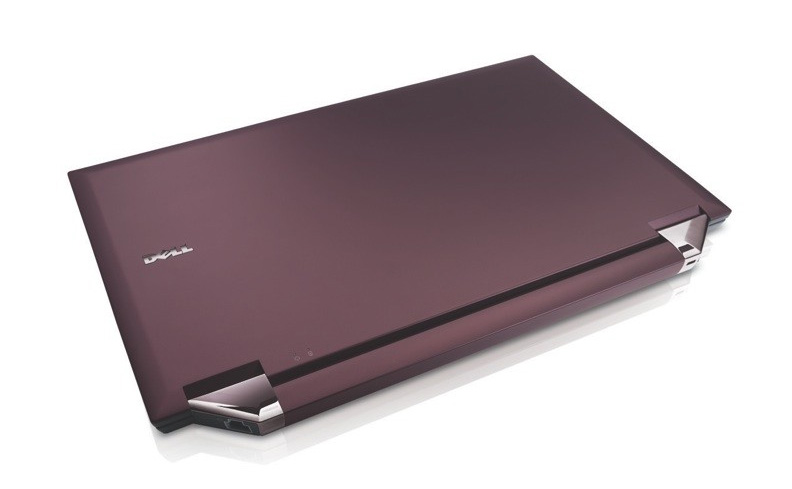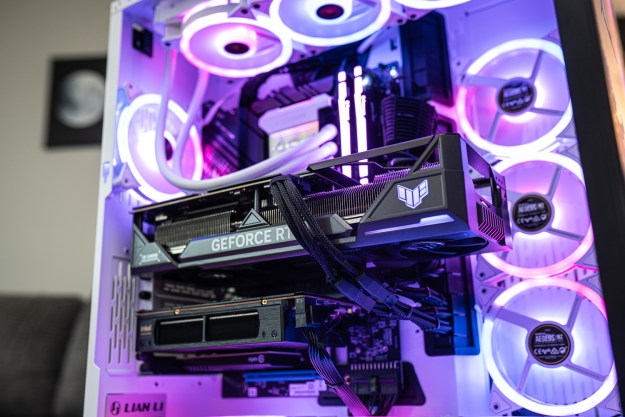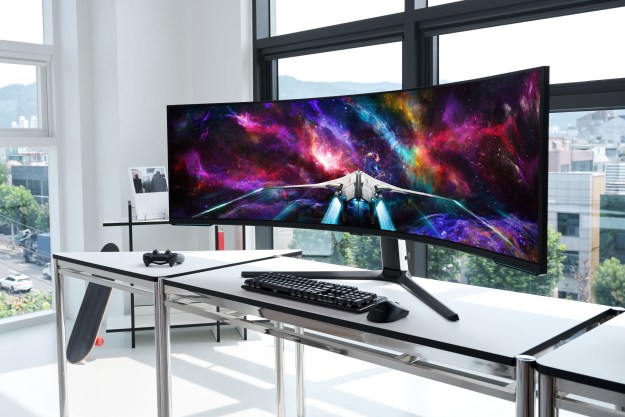
The One Laptop Per Child (OLPC) project has run into last minute glitches which have forced a production delay on the inexpensive OLPC XO notebook computer. Originally slated to go into production this month, XO production is now scheduled to begin on November 12. The organization still expects to be able to produce 100,000 laptops by the end of the year, but the delay may mean the systems will be hard to come by in the North American market as the end-of-year holiday season approaches—a season that would be a great time for the OLPC project to promote its “Give 1 Get 1” campaign, wherein customers buy two OLPC laptops: one to keep, and one to donate to a child in a developing nation.
The Give 1 Get 1 campaign is set to start accepting pre-orders via its Web site on November 12. The organizations says orders will be filled on a first-come, first-served basis, so North American customers looking to get an XO laptop before the holidays should order early.
In the meantime, the OLPC project has launched a new three-level donor program which takes the Give 1 Get 1 idea to a much higher level, enabling donors to fund anywhere from 100 to over 10,000 OLPC XO notebooks—and have some control over where those laptops go. The first level of the program enables donors to fund from 100 to 999 laptops at $299 apiece, with the OLPC project using $99 from the cost of each unit to fund additional laptops. The second level—from 1,000 to 9,999 notebooks—prices the systems at $249 apiece, with the OLPC program using $49 from each to fund additional XO laptops, but the donor gets to decide where the initial order of laptops gets sent. The top level of the program—10,000 laptops or more—lowers the per-unit price to $200 apiece, and the donor(s) can choose the notebooks’ destination.
The donor program may help to build scale for the XO laptop manufacturing process, which has seen its per-unit costs balloon from an initial goal of $100 per unit to about $188 per unit. More orders for laptops means more can be manufactured at once, which lowers the overall per-unit cost. The donor program may also fill a gap in the OLPC strategy in that it may enable individual well-endowed donors or private foundation to fund medium-sized projects based on the OLPC laptop. Rather than focussing strictly at the level of nations, donors might be able to bring OLPC systems into individual school systems, regions, or districts, without necessarily involving a nation’s entire ministry of education. The program could also, in theory, give rise to for-profit or charity-based sales of OLPC notebook computers by third parties.


